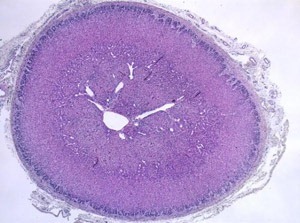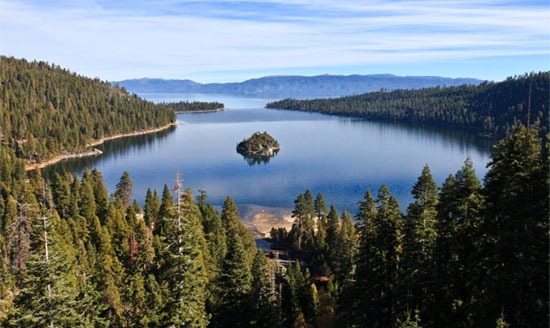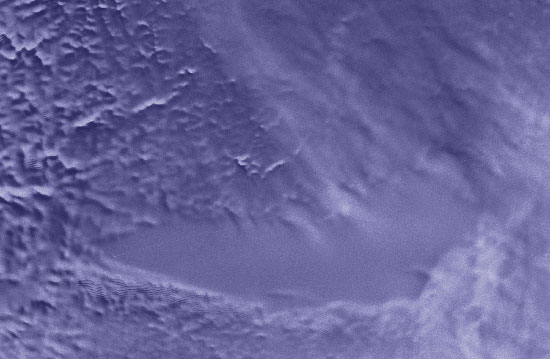Bacteria in Mono Lake’s Sand Breathe Toxic Elements
0With no outlet to the ocean, salt in Mono Lake builds up. Over time, so much has accumulated that white tufa columns – made of limestone, but aided in growth by the water’s salinity – jut through its surface and line its banks. The knobby spires can reach a dozen feet into the air.

The saline waters of Mono Lake help spur the growth of limestone tufa towers. (Credit: Brocken Inaglory via Wikimedia Commons)
The water below is full of floating brine shrimp that thrive in Mono’s alkaline water. Saltwater insects – alkali flies – skim its surface and sometimes dive in mini air bubbles. Together they make up a food web that supports waterfowl like the Audubon Warbler and California Gull.
But it’s not these creatures or the alien landscape that has scientists talking. Researchers at the University of Georgia say they have found a unique type of bacteria living in Mono Lake’s sand that may one day become important for industry or environmental quality:
“‘Just like humans breathe oxygen, these bacteria respire poisonous elements to survive,’ said Chris Abin, author of a paper describing the research published recently in the journal Environmental Science & Technology and a doctoral candidate in microbiology. ‘It is particularly fond of arsenic, but it uses other related elements as well, and we think it may be possible to harness these natural abilities to make useful products out of different elements.’”

Chris Abin takes samples at Mono Lake in California. (Credit: University of Georgia)
The bacteria are capable of converting antimony into antimony trioxide, which is used to make plastics, flame retardant materials and electronic components like solar cells and LEDs. And scientists say the crystals they make are of superior quality to those produced by today’s methods.
More valuable, researchers say, is the bacteria’s ability to consume (by respiration) dangerous elements that accumulate in mine or refinery wastewater, including selenium and tellurium. But this promising application is still in a preliminary stage.













